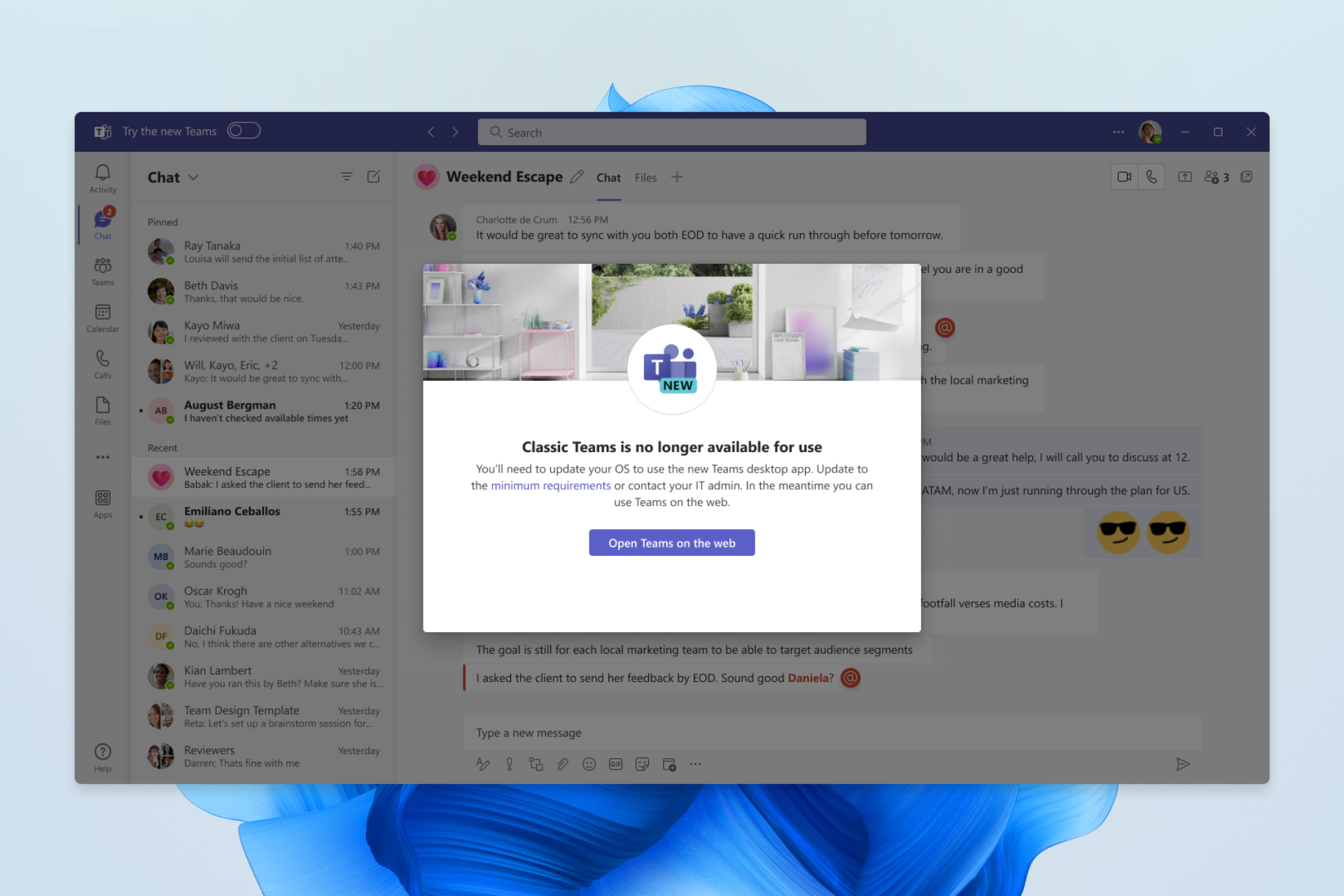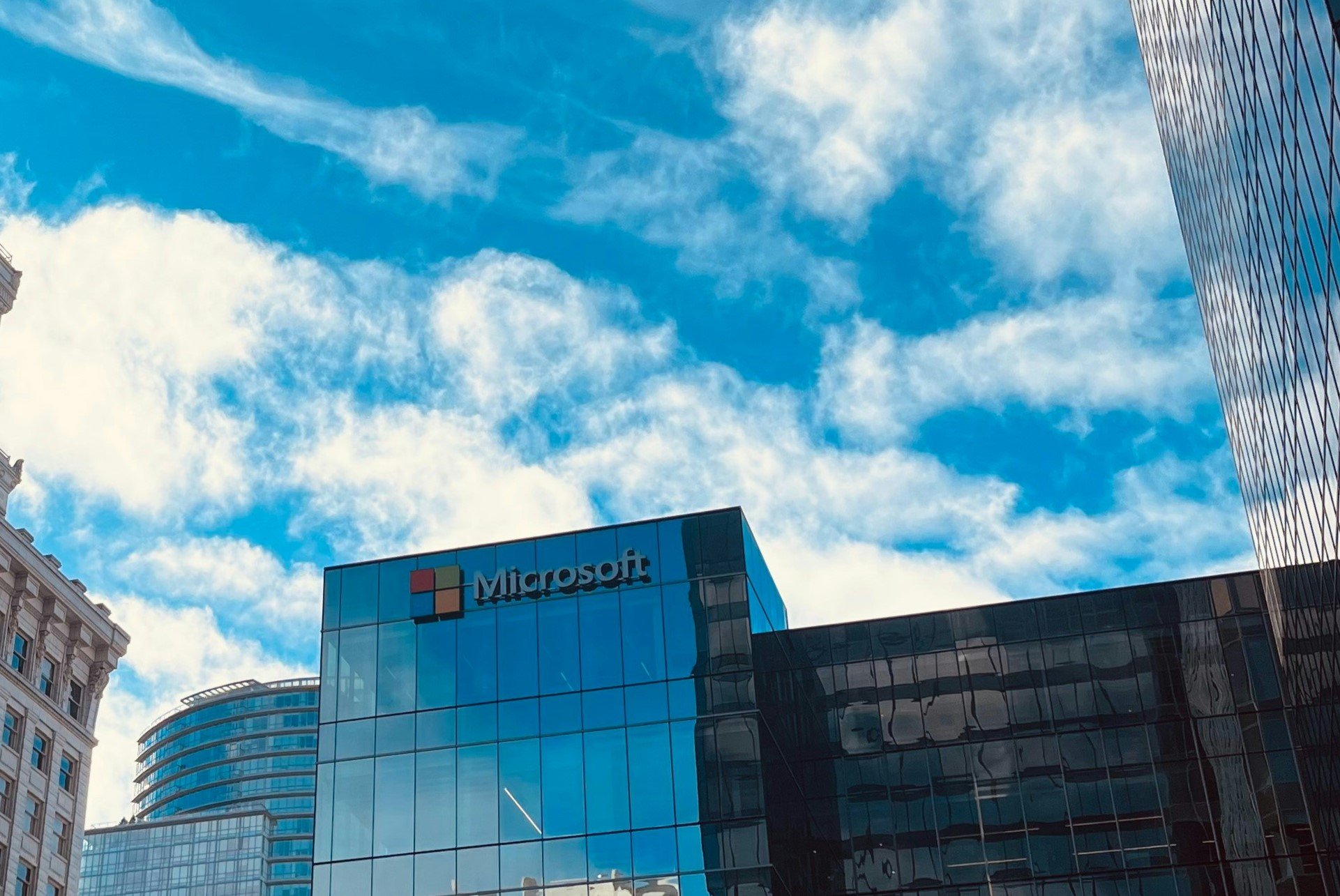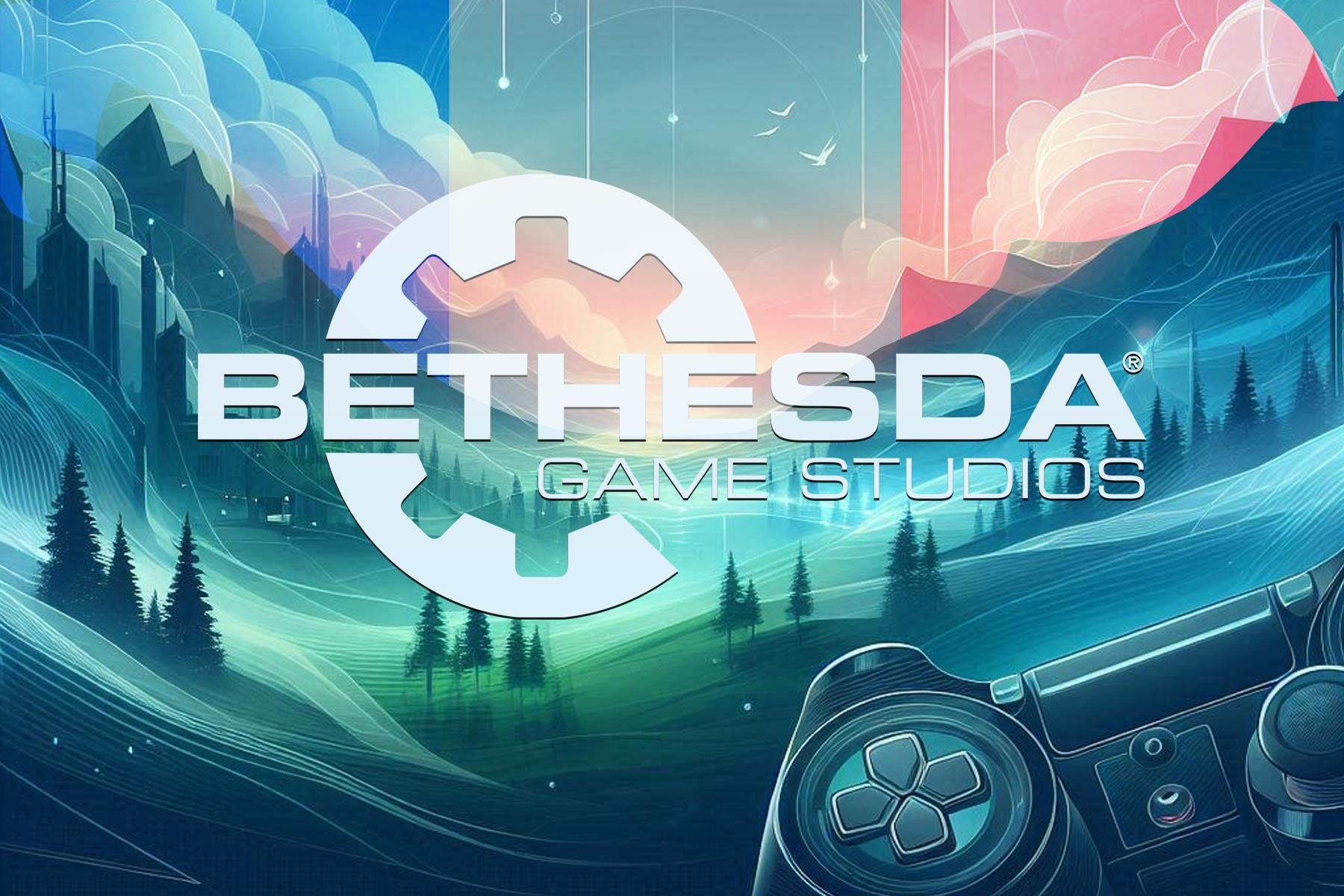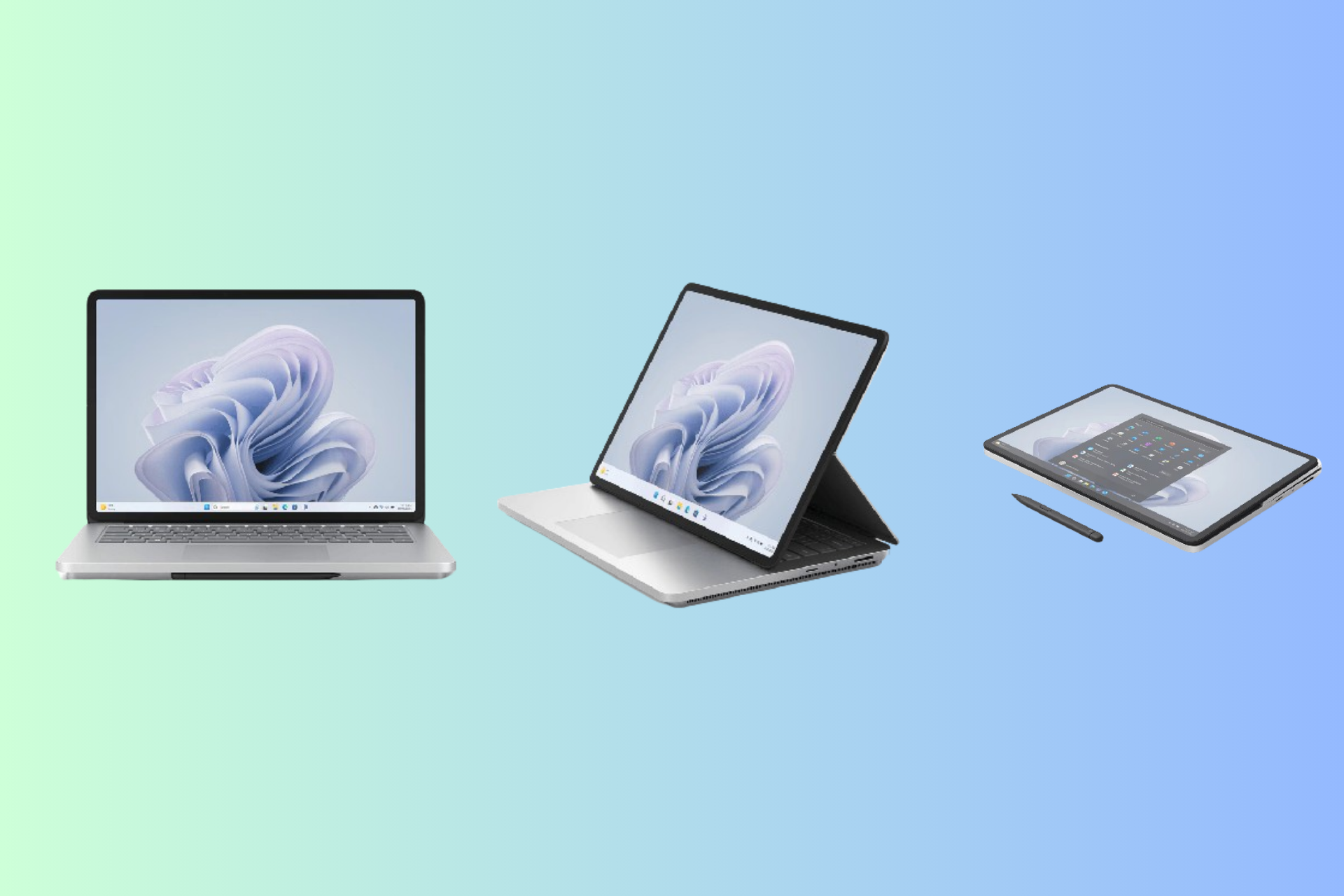Google Workspace takes a shot at Microsoft 365 with a new update
3 min. read
Published on
Read our disclosure page to find out how can you help Windows Report sustain the editorial team Read more
Key notes
- A new Google update will soon influence the productivity and collaboration of apps.
- Users will soon be able to launch into various apps from within Chat.
- Android users will be the first to receive the update followed by iOS users.

Google is creating synergies between its productivity and collaboration apps. In a new blog post, Google says that its users will soon be able to launch into various applications within Chat.
Microsoft has been working tirelessly over the past year to improve and enhance its Teams app by introducing new features such as custom backgrounds.
Since Google Workspace was declared free a few months back, this news is a breath of fresh air to users and can only wait to see what’s in store in the coming months.
First come to Android
Android users will be the first to receive the update as rollout begins in the coming weeks but iOS users will get it from 2022.
“While you’re having a conversation in Google Chat, you can now more easily take actions in other Google Workspace products. The options vary by context, and can include Drive, Docs, Sheets, Slides, Photos and Calendar. This will make it easier to take action across Google Workspace and enable a faster and more seamless workflow”
Google Workspace update
Google launched G Suite in 2006, competing directly with Microsoft in the office software market, at the time going head to head with Microsoft 365 suite, that comprises of Word, PowerPoint, Excel etc.
Microsoft’s strength is its tight integration between apps and services, which expands to Windows operating system that most business devices operate on. Google’s strength is its cloud-based model. And although Google has taken the lead in the cloud-based market, individual G Suite apps have since become much more isolated–and difficult to work with.
Last year, Google rebranded with an aim of creating a more deeply integrated user experience. This was to be done by improving interoperability between the various apps.
The latest Workspace update is a great step towards achieving this goal but it is still far from achieving interoperability between apps.
For example, in June Google announced integrations between Chat and Calendar, to help users connect with co-workers before or after a meeting. This was shortly followed by a separate integration that allowed sharing of documents and messages with the attendees within the calendar marker.
Meanwhile, at its Cloud Next event, Google announced its plans to pour a significant investment in the Workspace Marketplace with an aim of creating ways to expand the functionality of its services.
It will also lessen the workload by reducing the number of apps that workers are required to juggle simultaneously.
At the moment, the updates may not look like much but each plays a major role in enhancing the user experience and making the Google Workspace become more coherent.
What do you think of the new Google Workspace updates? Share your thoughts in the comment section below.








